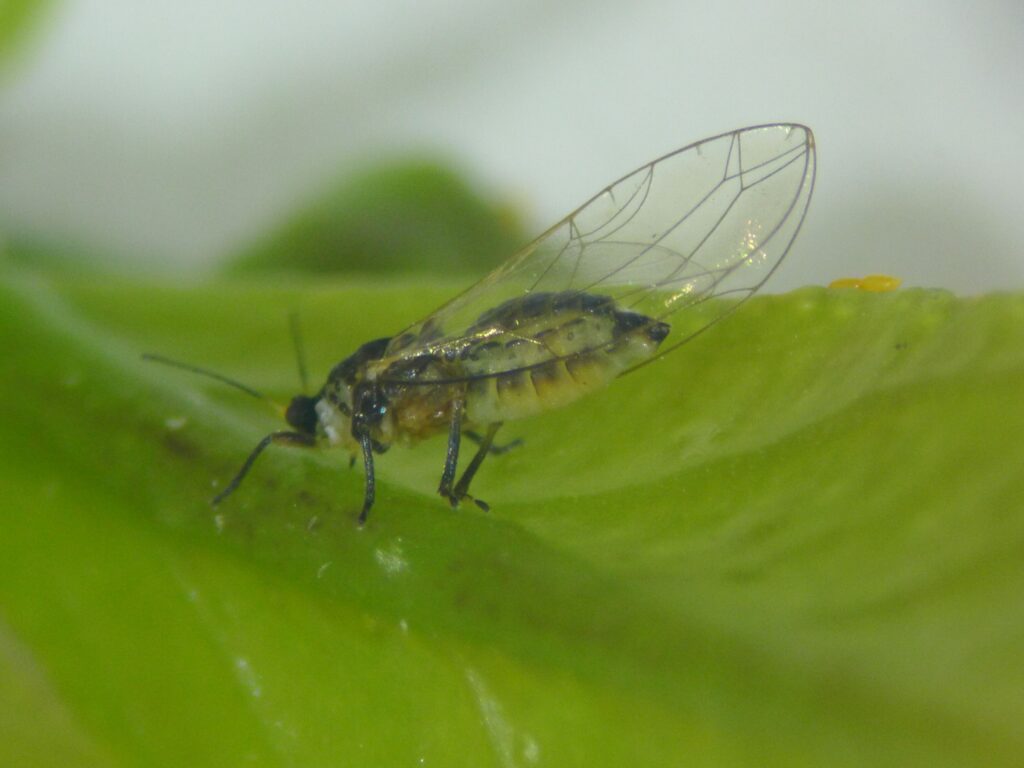USDA expands HLB quarantine in California

The USDA's Animal and Plant Health Inspection Service (APHIS), in cooperation with the California Department of Food and Agriculture (CDFA), is expanding the areas quarantined for huanglongbing, also known as HLB.
APHIS is adding portions of Los Angeles, Orange, Riverside, San Bernardino, and San Diego counties in California to the quarantined areas.
In addition, APHIS is also establishing a quarantine in a portion of Ventura County due to HLB detections in plant tissue samples collected from multiple locations during routine surveys in the state.
Related articles: University of Florida releases citrus greening solutions
HLB, which is spread by Asian citrus psyllid (ACP) transmitting the bacteria to the tree when feeding on new shoots, is the most serious citrus disease and has been present in Florida since 1998.
It is also currently found throughout Georgia, Florida, Puerto Rico, and the U.S. Virgin Islands and in portions of Alabama, South Carolina, Louisiana, California, and Texas.
APHIS is applying safeguarding measures on the interstate movement of regulated articles from the quarantined areas in California.
These measures parallel the intrastate quarantine that CDFA first established. This action is necessary to prevent the spread of HLB to non‑infested areas of the U.S.
There is no cure for HLB and all commercial varieties of citrus are susceptible to it. Therefore, in citrus-producing areas with little or no HLB incidence, early detection and removal of infected trees, as well as control of the ACP vector, are critical to prevent the spread of the disease to non-infested areas of the U.S. and to maintain productive citrus.
Detailed information on quarantined areas can be found here.











































